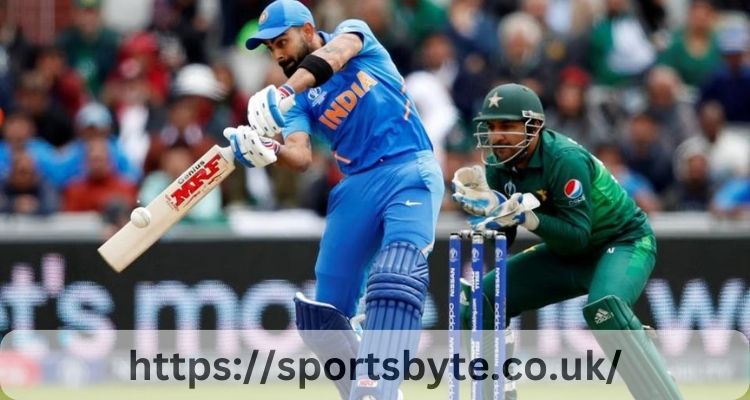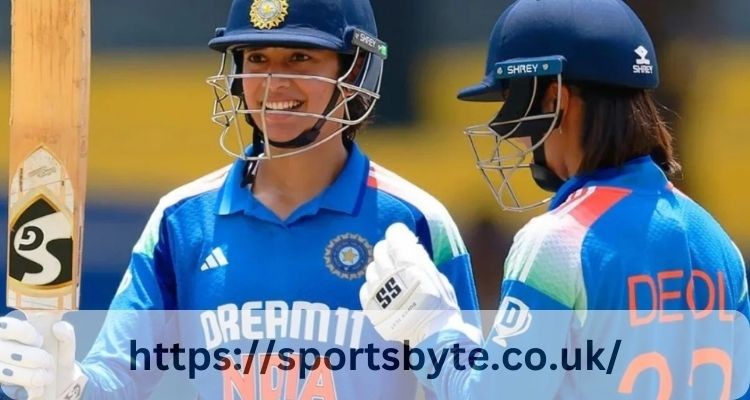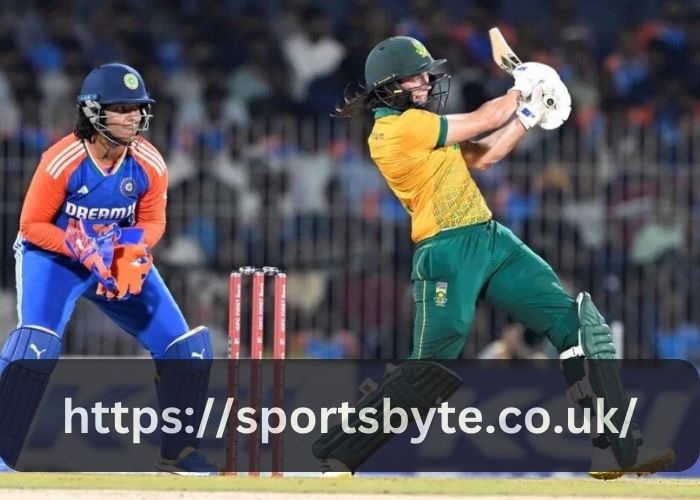Cricket matches can often be dictated by various pairings formed under extreme stress. Countless matches have been changed because of the ability to hold the crease, rotate the score, and punish weak deliveries together. Partnerships and their ability to score runs mentally devastate their rivals. Here are those moments that every cricket fan must know.
Dravid and Laxman vs Australia, 2001
Australia was ready to clinch victory and the series, but the moment India began to bat a second time at Eden Gardens, they began to quiver. Fans still remember that this was the kind of match people followed ball by ball, just like they now follow updates with Melbet download to never miss the action. That was because of one of the longest partnerships in cricket history. Rahul Dravid and VVS Laxman managed to score 376 runs together, dominating bowlers Glenn McGrath, Shane Warne, and Jason Gillespie for two entire days. That partnership did not even experience a single miscommunication.
When the score was 281 with Laxman having 180, India was already claiming victory over Australia, marking their 16th losing streak. It was at that moment that Harbhajan Singh sealed her wicket to complete the game. That partnership is more than just a saved match; it is a changed series.

Stokes and Buttler, World Cup Final 2019
Defending champions New Zealand were eyeing victory at the 2019 World Cup Final as England chased 250 runs. Buttler and Stokes had other ideas with their methodical approach, which led England to cross the finishing line with a 250-run lead. The pair’s 110-run record stand in the World Cup Final turned the tide, and England’s innings, which had suffered.
Key reasons why this stand had such a significant impact:
- Timing – Out of 8 balls in an over, the Buttler-Stokes stand opted to slow down the scoring to defuse the New Zealand pressure.
- Shot selection – Buttler and Stokes maximized the boundaries and turned down singles, which kept the dot ball pressure.
- Game Pressure – The context of the World Cup made every run in the 110 runs hugely significant.
The pair of 110 runs helped England win the match and pull it into a Super Over. England played New Zealand in the Super Over and won the World Cup. England’s maiden World Cup wouldn’t have been achieved without Stokes and Buttler’s record partnership.
Partnerships in Pressure Chases
Chasing runs shows a willingness to exercise mental toughness, and class partnerships under such conditions require a balance between caution and a willingness to score. Many fans now follow such tense moments closely, often checking live updates through Melbet sports betting to stay connected with the action. It is the balance that makes these instances unforgettable, especially the ability to keep the required rate of scoring under control while losing wickets. These instances define the sport. Some of the most memorable instances in the sport’s history balance risk and reward.
Kohli and Gambhir, 2011 World Cup Final
Sehwag and Tendulkar’s lost dream almost became a reality. Batting in the finals against Sri Lanka’s magnificent team, their stats were nearly halved. 22-year-old Virat Kohli played like a seasoned expert against Gautam Gambhir. Imagine the pressure of the opposing Lasith Malinga. This moment blows my mind.
Kohli took control of the game more and more, while Gambhir took longer to make runs. This shows the dominance and control Sri Lanka’s bowlers had over Gambhir. Kohli played the match and slowly brought India to a safe place. Scoring the whole 97 made it easier as well. This glorious match brought the World Cup home after 28 years.
Sangakkara and Jayawardene, 2014 T20 Final
In the past. Sri Lanka lost four ICC finals in seven years, failing in the crucial moments each time. When playing against India in the 2014 T20 World Cup Final, Kumar Sangakkara and Mahela Jayawardene set out to change the narrative and prevent it from happening for the fifth time. Both of them were able to edge the score by 63 runs without losing a wicket, which calmed the nerves after losing two early wickets and a slow start for a few overs.
As Jayawardene defended against the spinners, Sangakkara took the lead in the run chase, and together in the middle, they carefully made sure that India’s bowlers got no opportunities to take wickets. Sangakkara led Sri Lanka to victory after a long wait, ending the game not out for 52 runs.

Unexpected Heroes
Not all batting partnerships that change the course of the game are built with recognized stroke makers. At times, it is enough for tailenders and lower-order batters to survive a batting collapse long enough to change the momentum of the game. These types of partnerships often frustrate the opposition even more than a monumental score does.
Take, for example, Michael Kasprowicz and Brett Lee, who nearly won Australia the 2005 Edgbaston Test with a game-changing 59-run last-wicket partnership. More recently, bowlers Pat Cummins and Nathan Lyon led Australia to a victory at the 2019 Headingley Test with an incredible display of batting and resilience in the lower order. These are prime examples that prove to us resilience is not only a trait of the top-order batters.
Lasting Impact on Cricket’s Story
These partnerships changed the game’s narrative forever. They opened the eyes of the teams to the value of determination, cooperation, and even faith, eclipsing the need for one star player. They shaped an entire series, inspired countless generations, and have remained the subject of numerous studies for some of the most significant battles of cricket.



